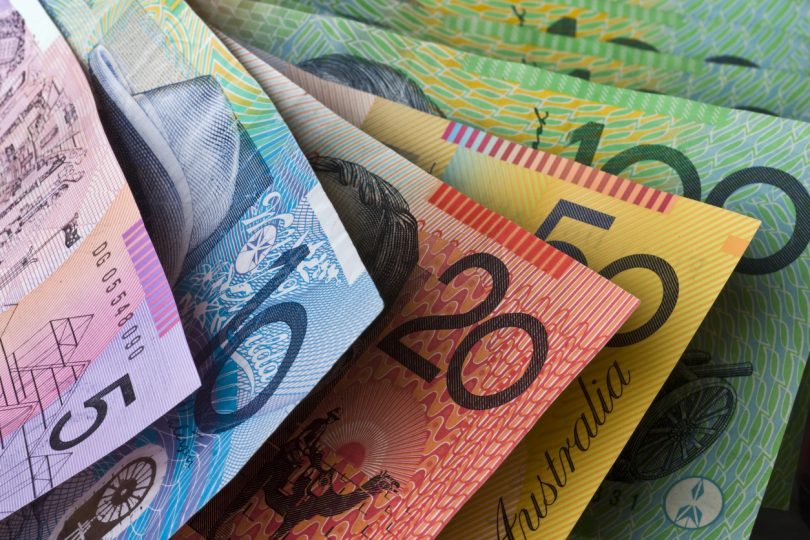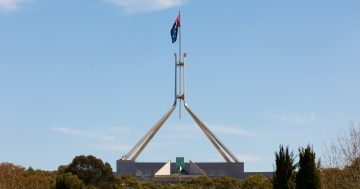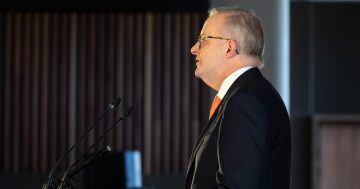
Is taxpayers’ money being used wisely when it comes to government advertising?
When is government-funded advertising a legitimate use of taxpayer money and when is it barely disguised political campaigning?
Is pandemic awareness and vaccination advertising proper use of public money, while spruiking the merits of the NBN not? These are big questions. A whole report could be researched and written on that very topic.
Thanks to the Grattan Institute, that’s exactly what has happened.
The findings of the institute’s latest report on the misuse of public office for political gain reveals some shocking statistics and a wont of both major parties to misuse the public purse. The study dug into the past 13 years and found that a quarter of all federal campaign advertising, totalling about $630 million, was spent on campaigns that praised government achievements.
And, no surprise, such spending peaked the closer it came to an election being called, giving incumbent governments a clear advantage. Party slogans and colours are often used to promote what should be apolitical information campaigns.
“Of the nearly $200 million spent each year by the federal government on advertising, nearly $50 million is spent on politicised campaigns,” the report states.
“Of the 10 most expensive politicised federal campaigns in the past 13 years, half were approved by Labor governments and half by Coalition governments.”
While taxpayer-funded advertising is a useful tool for disseminating information and encouraging behaviour change and compliance with the law, the lines are often deliberately blurred by the government of the day.
“These campaigns should have a clear public purpose and should offer value-for-money in achieving their purpose,” the report says. “Justified taxpayer-funded advertising might include, for example, public campaigns to remind people to get their COVID-19 booster shots, or information on how victim-survivors of family violence can get help.”
Political advertising seeks to promote a political party, a candidate, or a political agenda. It should be funded by the respective political parties, with proper authorisation.
“Weaponising taxpayer-funded advertising for political advantage wastes public money, undermines trust in politicians and democracy, and creates an uneven playing field in elections,” the report states.
“Australia needs tougher rules and tighter processes at federal and state level to prevent governments from exploiting taxpayer-funded advertising.”
Recommendations from the report say government advertising campaigns should be allowed only where they are necessary to encourage specific actions or drive behaviour change. Campaigns promoting government policies or programs, without a strong call to action, should be prohibited. And an independent expert panel should assess all government advertising campaigns before they are launched.
“If the panel deems a campaign to be politicised, or otherwise not value for money, it should not run,” the authors say.
“These rules and processes should carry real penalties. If an auditor-general finds that an advertising campaign was approved by the minister without certification from the independent panel, or that the government changed the campaign after certification, the governing party should be liable to pay back the entire cost of the campaign.”
The research found that of the top-10 most expensive politicised federal campaigns, spruiking the federal government through the National Broadband Network between 2010 and 2013 came in first with a cost of $60 million.
Compared with other jurisdictions, and in particular against the federal government, the ACT’s government spending rated reasonably well, although it fell down when it came to oversight and audits.





















